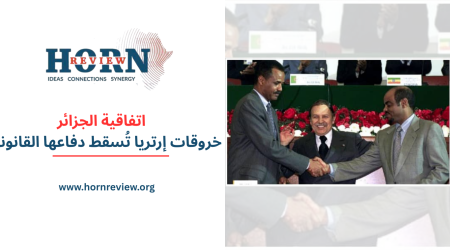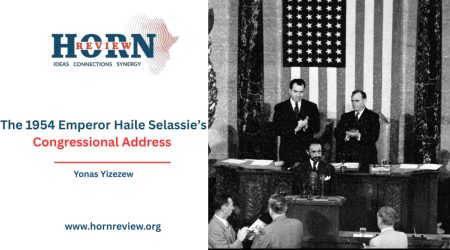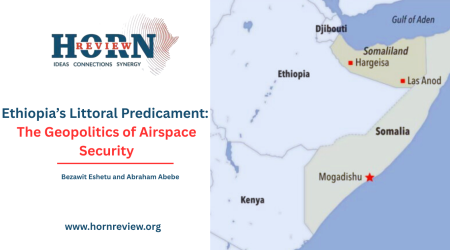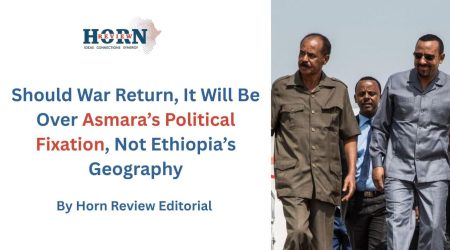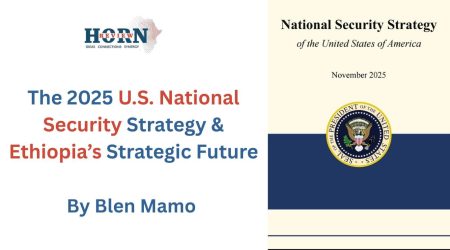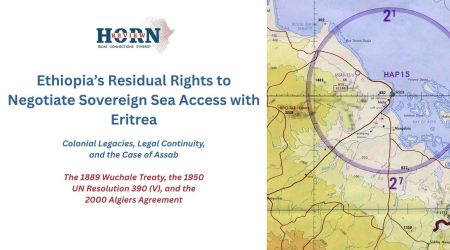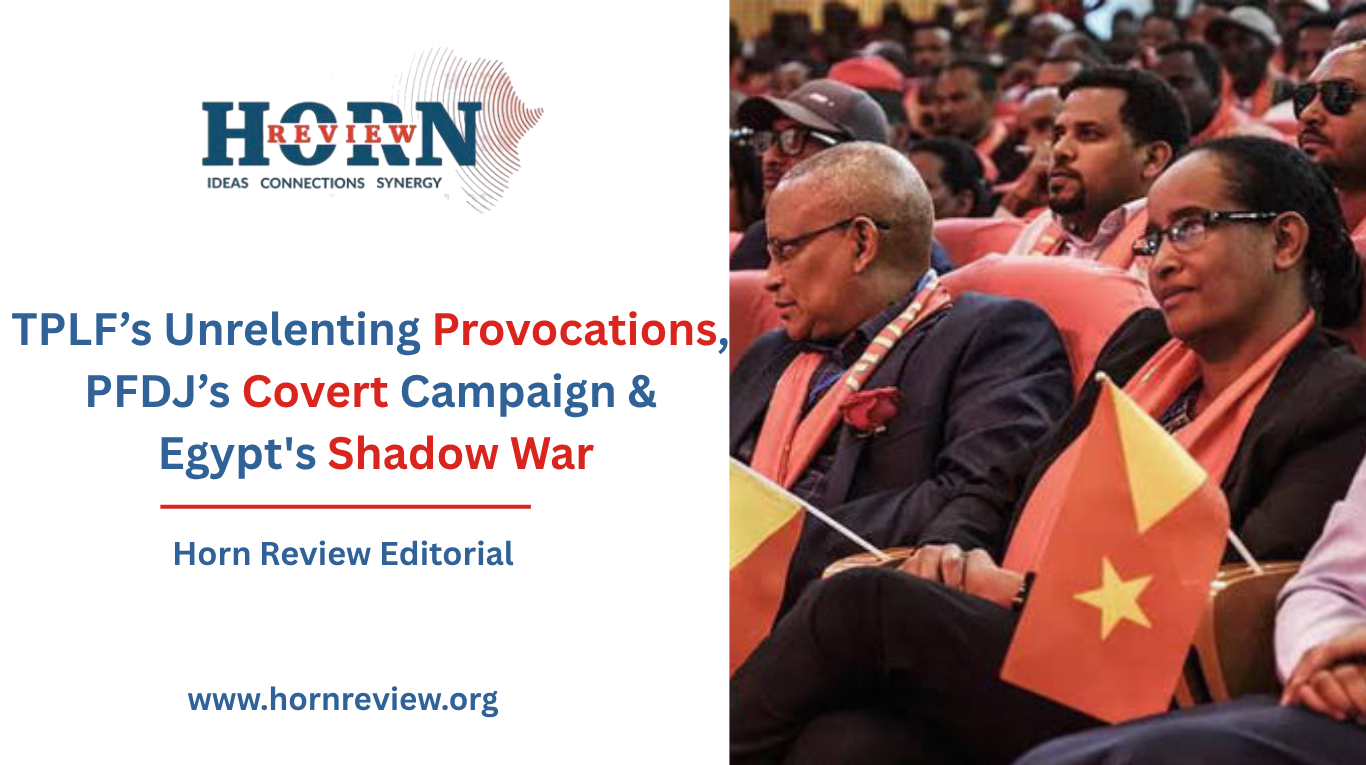
6
Nov
TPLF’s Unrelenting Provocations, PFDJ’s Covert Campaign & Egypt’s Shadow War
The flare-up of violence in Ethiopia’s Afar region – where forces linked to the TPLF reportedly crossed into six villages using mortars and heavy weapons – signals not merely another episode of instability, but the widening of a conflict corridor that cuts across the northern Horn of Africa. While the immediate facts are clear – TPLF units crossing into Afar, seizing rural settlements, and prompting the regional government to warn it would assume direct responsibility for border defense – the underlining logic of the confrontation belongs to a wider theater of geopolitical recalibration. What emerges is not a single chain of command, but a web of instrumentalized conflicts woven into the region’s shifting balance of power.
Egypt’s increasingly confrontational posture, underscored by Foreign Minister Badr Abdelatty’s declaration that Cairo would “deploy all tools” to safeguard its influence in the Horn, has sharpened perceptions of regional proxy competition. Eritrea’s long-standing security anxieties, Tigray’s attempts to displace the battleground from its heartland, and Ethiopia’s struggle to manage multiple internal flashpoints combine to form a multilayered conflict system – one in which local offensives resonate across borders.
The result is a strategic loop: Egypt seeks to avoid direct confrontation with Ethiopia by cultivating Eritrea as a proxy; Eritrea strives to prevent renewed warfare on its own soil, pushed it towards Ethiopia’s Tigray region instead; TPLF forces aim to externalize the conflict into neighboring regions; and Ethiopia grapples with the challenge of containing these oscillations while preserving territorial integrity. Each actor pursues its own survival calculus, yet their maneuvers intersect in ways that amplify volatility throughout the Red Sea corridor.
This dynamic is further complicated by intra-Tigrayan rifts, fiscal disputes between federal and regional authorities, and the activities of independent Afar movements along the border. Together, these elements create a mosaic of overlapping conflicts that defy the simplistic framing of “government versus rebellion.” Instead, the Horn is witnessing a contest of strategies – each shaped by geography, history, and the pervasive fear of encirclement.
Viewed in this light, the latest clashes in Afar are less an isolated eruption than part of a recurring pattern: Ethiopia’s internal wars repeatedly refracted through the Horn’s broader geopolitical lens. The struggle for access, security, and regional influence ensures that every local battlefront carries continental significance.
As Eritrea’s earlier efforts to confine fighting within Tigray faltered, military momentum has gradually spilled southward. Recent reports suggest that the TPLF and Eritrea’s PFDJ, operating under the guise of Fano militias, attempted to open a new front through Amhara’s Wollo–Gashena axis – a move that appears to have failed. The current operations in Afar may thus represent an eastward redirection of pressure. This pattern recalls the fluid movement of fronts during the 2020 Tigray conflict, when fighting migrated from one regional theatre to another as combatants sought tactical space and political leverage.
Several indicators point to the Afar incursion being less a full-scale offensive than a probing maneuver – testing the responsiveness and strategic elasticity of the Ethiopian National Defense Force (ENDF). Such limited operations allow belligerents to gauge command tempo, logistics, and the central government’s willingness to escalate – all key metrics that inform future engagements. Yet the timing of the assault adds a sharp regional dimension: it occurred a day after Eritrean President Isaias Afwerki’s return from Cairo, following Prime Minister Abiy Ahmed’s parliamentary address on the 28th of October 2025, and less than twenty-four hours after Egypt’s foreign minister warned that “Ethiopia will be landlocked until judgment day,” pledging to employ “all tools” to maintain Cairo’s leverage in the Horn.
These overlapping developments create a triangulated moment linking Addis Ababa, Asmara, and Cairo – three capitals whose strategic anxieties have long shaped the politics of the Nile and the Red Sea. The TPLF’s maneuver, therefore, cannot be read in isolation. It is embedded within an evolving matrix where regional actors exploit Ethiopia’s internal fragmentation to recalibrate influence and deny rivals strategic depth.
Complicating this already intricate landscape are sub-regional insurgencies rooted in Afar itself. The presence of anti-Isaias Eritrean Afar factions – particularly those aligned with Red Sea Afar organizations operating from Ethiopian territory – adds another layer of contestation. These groups blur the line between Eritrea’s domestic dissent and Ethiopia’s peripheral instability, transforming Afar into a shared frontier of grievance and leverage.
Meanwhile, reports of clashes in Tigray’s Hara area between the TPLF and a splinter faction of the Tigray Defense Forces (TDF) – i.e. the Tigray Peace Forces, which has openly challenged TPLF leadership – point to further fragmentation within Tigray’s military ecosystem. Allegations of Eritrean involvement on the ground reinforce the perception that Asmara remains unwilling to relinquish its coercive presence in northern Ethiopia, viewing Tigray’s volatility as both a threat and a strategic instrument.
Within this confluence of micro-conflicts and macro-rivalries, Afar ceases to be a geographical periphery. It becomes a geopolitical hinge where the ambitions of regional powers, the grievances of marginalized communities, and the fragility of Ethiopia’s federal architecture converge. The TPLF’s incursion may be tactically local, but its reverberations are systemic – testing not only the limits of Ethiopia’s military posture but also the cohesion of its political imagination.
The deeper question, therefore, is not whether these attacks mark a new phase of war, but whether the Horn of Africa has entered an era in which domestic insurgency has been subsumed into a transnational contest for corridors, coasts, and narrative legitimacy. In this sense, the Afar clashes are not a return to war – they are the continuation of geopolitics by other means: a slow, deliberate re-articulation of power across the Red Sea basin, where every local explosion echoes within a larger architecture of insecurity.
Egypt’s hand in this configuration is neither sudden nor improvised. Cairo has been preparing this campaign for years – driven as much by internal fragility as by external ambition. President Abdel Fattah el-Sisi faces mounting economic strain and domestic discontent, prompting an assertive foreign policy designed both to distract and to consolidate authority. As Egypt’s traditional influence in the Middle East narrows – challenged by emerging powers such as Turkey, the UAE, Saudi Arabia, and Qatar – the Grand Ethiopian Renaissance Dam has further eroded Cairo’s historical dominance over the Nile.
In response, Egypt has pursued a strategy of encirclement: forging defense pacts with Ethiopia’s neighboring states and East African states, cultivating relations with actors such as the TPLF and Eritrea’s PFDJ, and working tirelessly to retain leverage in Sudan.and striving to preserve influence in Sudan. Cairo’s involvement in the ongoing Sudanese conflict is especially revealing: Sisi is fighting tooth and nail to safeguard the authority of General Abdel Fattah al-Burhan, viewing the regime as both a strategic buffer and a linchpin in his broader Nile & Red Sea calculus. Beyond bilateral alignments, Egypt has championed the creation of a Red Sea Security Forum – a multilateral mechanism explicitly designed to consolidate maritime and littoral security among regional actors while deliberately excluding Ethiopia, thereby institutionalizing Cairo’s primacy and constraining Addis Ababa’s influence in Red Sea geopolitics.
Egypt has also sought port and security arrangements along the Red Sea littoral and reached out to Mogadishu for access and influence. Egypt’s engagement in Somalia has been strategically calibrated to capitalize on transient frictions between Addis Ababa and Mogadishu over the Somaliland memorandum, advancing a deliberate policy objective: curtail Ethiopia’s operational role within AUSSOM peacekeeping frameworks while embedding Cairo as a decisive actor in regional security architectures. This maneuver injects a pronounced layer of volatility into Ethiopia’s eastern frontier, particularly given Egypt’s continued provision of arms to Somalia – equipment that, by design or default, is highly susceptible to diversion to Al-Shabaab, a transnational extremist actor operating proximate to Ethiopia’s eastern and southeastern borders. Such dynamics simultaneously exacerbate Ethiopia’s security vulnerability and deepen regional instability, creating conditions in which strategic miscalculations could proliferate.
Concurrently, Egypt has reportedly initiated diplomatic overtures with Djibouti, Ethiopia’s principal maritime conduit – through which over 90% of Addis Ababa’s trade transits – dispatching delegations to negotiate port-related prerogatives. The outcome remains inherently uncertain: Djibouti, contending with its own domestic political fragility, may either uphold its commitments to Ethiopia or, under pressure, participate in constraining Ethiopia’s maritime lifelines – a strategic echo of the 1966 Ogaden War. This potential disruption accentuates Addis Ababa’s incentives to pursue sovereign maritime access and presence on the sea, underscoring the persistent vulnerability inherent in Ethiopia’s landlocked status.
Collectively, these interventions articulate a comprehensive and multidimensional Egyptian strategy: a calibrated, high-stakes effort to circumscribe Ethiopia’s regional influence, secure leverage over maritime and security corridors, and reassert Cairo’s primacy within the Horn of Africa. Implicit in this posture is a willingness to tolerate, if not cultivate, episodic instability as a mechanism to reshape the strategic environment – an approach that risks catalyzing a broader conflagration while serving Egypt’s enduring objective of hegemonic positioning, even at the risk of igniting an unprecedented security crisis across the Horn of Africa.
By Horn Review Editorial

